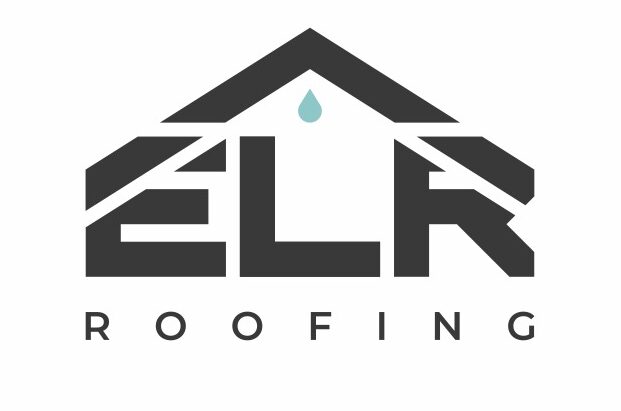Sustainability is no longer a niche concern — it’s front and centre for many Melbourne homeowners planning new builds or renovations. And when it comes to roofing, metal (especially Colorbond) stands out as one of the most eco-friendly options on the market.
But what exactly makes it green? Let’s break it down.
What You’ll Learn Here
We’ll explore how metal roofing supports environmentally conscious design, where it outperforms traditional materials, and how it fits into sustainable building practices here in Australia.
Why Metal Roofing Gets the Eco Tick
1. Recyclability at its Core
Metal roofing is 100% recyclable. When a metal roof reaches the end of its life (which might be 40–50 years from now), it doesn’t end up in landfill — it gets reused. In fact, many Colorbond products are made from recycled materials to begin with.
2. Lower Energy Use Over Time
Thanks to its high reflectivity and thermal performance, a Colorbond roof can significantly reduce the amount of heat entering your home — especially when paired with proper insulation. That means less need for air conditioning, and lower electricity bills.
3. Fewer Resources Required
Metal roofing is lighter than tile or concrete, so it requires fewer supporting materials during construction. This lowers the embodied energy of your home — a factor sustainability-focused architects and builders are paying close attention to.
4. Longer Lifespan = Less Waste
A roof that lasts 40–50 years means fewer replacements, less material waste, and fewer resources consumed over the life of your home. Compare that with cheaper materials that need replacing every 15–20 years, and the environmental savings add up.
5. Rainwater Harvesting Friendly
Colorbond steel is non-porous and doesn’t leach chemicals, making it ideal for collecting rainwater. Just make sure you maintain it properly and install an appropriate first-flush diverter system.
FAQs for the Eco-Conscious Homeowner
Q: Does metal roofing qualify for green home ratings?
Yes — its longevity, recyclability, and thermal performance contribute positively to energy and environmental ratings like Green Star and NatHERS.
Q: Is Colorbond manufactured sustainably?
Yes, Bluescope (the manufacturer of Colorbond) follows responsible steelmaking practices and has publicly committed to reducing its emissions footprint.
Q: What about installation waste?
Good question. Experienced roofers like ELR Roofing minimise offcuts and recycle unused materials wherever possible, making the whole process more sustainable.
Final Thoughts on a Greener Roof
If you’re trying to reduce your home’s environmental impact without compromising on quality or aesthetics, a metal roof is one of the smartest choices you can make. It offers durability, energy efficiency, and reusability in one stylish package.Thinking of upgrading your old roof? See how much you might expect to invest in a sustainable re-roofing project here: metal roof replacement costs
